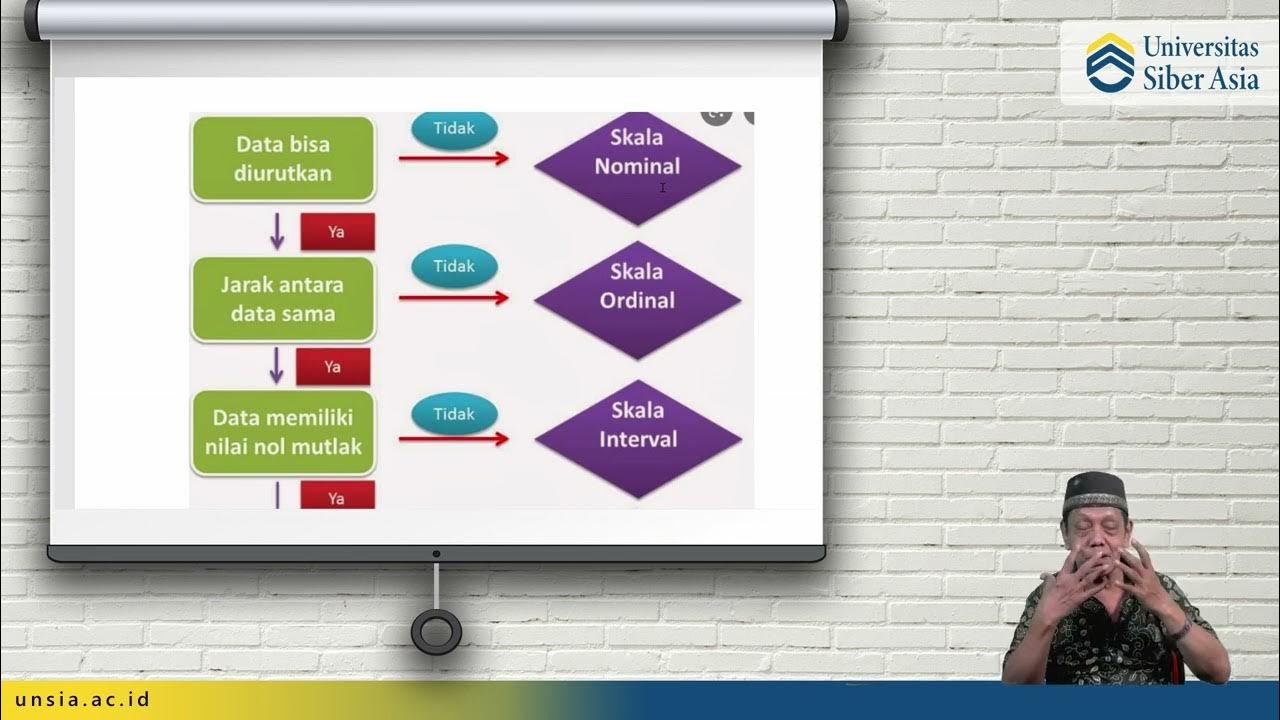Differences Between Rating Scale and Ranking Scale | Rating and Ranking Scale
Summary
TLDRThis video explains the differences between rating scales and ranking scales, highlighting their distinct uses in market research and surveys. A rating scale collects quantitative data on variables like preferences, satisfaction, and importance, while a ranking scale compares items directly to prioritize them. Rating scales measure the degree of a response, such as feelings or perceptions, whereas ranking scales focus on relative choices among items. The video provides examples of both scales in practice, showing how they can be used to gather customer feedback on products, services, and preferences.
Takeaways
- 😀 Rating scales are closed-ended response formats where individuals react to predetermined statements or questions with guided anchors.
- 😀 Ranking scales require respondents to make relative judgments by comparing multiple objects and choosing preferences.
- 😀 Rating scales are often used in surveys to gather data on perceptions, satisfaction, importance, and quality.
- 😀 Ranking scales are typically used in market research to ask respondents to compare and rank multiple items against each other.
- 😀 The goal of rating scales is to capture a large volume of quantifiable data to identify patterns in feedback and prioritize items.
- 😀 The purpose of ranking scales is to determine relative preferences or priorities among multiple options.
- 😀 Rating scales measure responses that are harder to quantify, such as feelings, preferences, and satisfaction.
- 😀 Ranking scales help assess the priority of items by asking respondents to order them based on their preferences.
- 😀 An example of a rating scale is asking respondents to rate a product’s price or customer service on a scale from 1 to 5.
- 😀 An example of a ranking scale is asking respondents to rank a list of benefits or features, like 'free internet' or 'office upgrades', based on their priority.
- 😀 Rating scales allow for feedback on individual items, while ranking scales show how items compare to each other based on preference or priority.
Q & A
What is the main difference between rating scales and ranking scales?
-The main difference is that a rating scale measures the degree or intensity of a response on a predefined scale, whereas a ranking scale compares items relative to each other, asking respondents to order them based on preference or priority.
How do rating scales and ranking scales gather data differently?
-Rating scales gather data by assessing the level of agreement, satisfaction, or importance with statements, while ranking scales gather data by asking respondents to compare and prioritize items or options relative to each other.
When would you typically use a rating scale in market research?
-A rating scale is typically used in market research when you want to measure quantifiable responses, such as customer satisfaction, agreement, or the perceived quality of a product or service.
Can you provide an example of a situation where a ranking scale is used?
-A ranking scale is often used when asking customers to rank items such as products, services, or preferences. For example, asking a customer to rank desserts from most to least favorite.
What type of data is collected from a rating scale?
-Rating scales collect data that reflects the strength or degree of a response, such as satisfaction, importance, frequency, or preference, often on a fixed scale (e.g., 1 to 5).
How does a ranking scale help in understanding customer preferences?
-A ranking scale helps by providing insights into the relative importance or priority of various items. It reveals which items are favored the most or least, allowing researchers to understand customer preferences.
What is a typical application of a ranking scale in surveys?
-A typical application of a ranking scale in surveys would be to ask respondents to rank a list of items in order of preference, such as ranking job benefits or product features.
How does the rating scale help identify patterns in feedback?
-The rating scale helps identify patterns by collecting large amounts of quantifiable data, which can be analyzed to spot trends, preferences, or areas needing improvement.
What is a common challenge with using ranking scales in surveys?
-A common challenge with ranking scales is that they may not capture the full extent of a respondent's feelings or the intensity of their preferences since they focus only on relative rankings.
How would you use a rating scale to measure customer satisfaction?
-To measure customer satisfaction using a rating scale, you might ask respondents to rate their satisfaction with different aspects of a service, such as delivery speed, product quality, or customer support, on a scale from 1 to 5.
Outlines

This section is available to paid users only. Please upgrade to access this part.
Upgrade NowMindmap

This section is available to paid users only. Please upgrade to access this part.
Upgrade NowKeywords

This section is available to paid users only. Please upgrade to access this part.
Upgrade NowHighlights

This section is available to paid users only. Please upgrade to access this part.
Upgrade NowTranscripts

This section is available to paid users only. Please upgrade to access this part.
Upgrade NowBrowse More Related Video

Pertemuan 5 - Statistik - Prof. DR. H. Budi Santoso, MSc, APU

SKALA PENGUKURAN KUISIONER : SKALA LIKERT, SKALA GUTTMAN, SEMANTIC DEFFERENSIAL, DAN RATING SCALE

how to conduct Survey research | step by step guide | survey research

Teknik & Instrumen Pengambilan Data Kuantitatif

How to measure ATTITUDES in Quantitative & Qualitative

Developing an Effective Assessment Tools for Affective Domain
5.0 / 5 (0 votes)